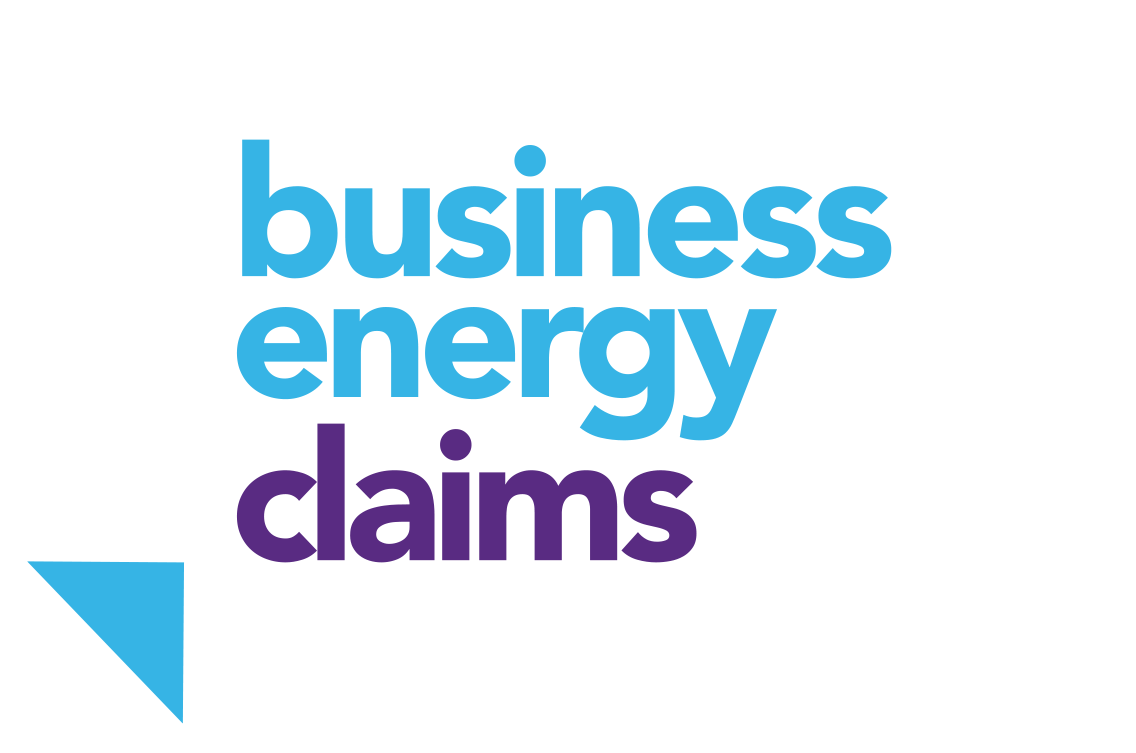Standard Variable Tariffs (SVTs) vs Fixed Tariffs: Should Your Business Choose Stability or Flexibility?
Choosing between a standard variable tariff (SVT) and a fixed tariff is a key decision for UK businesses in 2025. Each option has its own advantages and risks.
Curious about how energy tariffs affect your bills? Follow our Energy Tariffs Explained blog series to find out more.
What Is a Standard Variable Tariff (SVT)?
An SVT is the default tariff you’re placed on if you don’t actively choose a deal. Rates can go up or down with the market, offering flexibility but little price certainty.
Pros:
- No exit fees, switch at any time
- Flexibility to move to a better deal if prices drop
Cons:
- Rates can increase with little notice
- Often more expensive than fixed tariffs
What Is a Fixed Tariff?
A fixed tariff locks in your unit rates for a set period, usually 1-3 years. This provides budget certainty and protects against price rises.
Pros:
- Predictable bills for easier budgeting
- Protection from market volatility
Cons:
- You won’t benefit if market prices fall
- Early exit fees may apply if you switch before the contract ends
SVT vs Fixed: Which Is Right for Your Business?
- Fixed tariffs are ideal for businesses wanting predictable costs and protection from market volatility.
- SVTs suit those who value flexibility and are willing to monitor the market for better deals.
Most businesses benefit from the stability of a fixed tariff, especially in uncertain markets. However, it’s important to review your contract end dates and compare offers regularly to avoid being rolled onto an expensive SVT.
Think Your Business Has Overpaid on Energy Bills?
A recent court ruling means you could be entitled to reclaim hidden broker fees or mis-sold contracts.
Contact Business Energy Claims today to find out if you’re eligible to make a claim.
